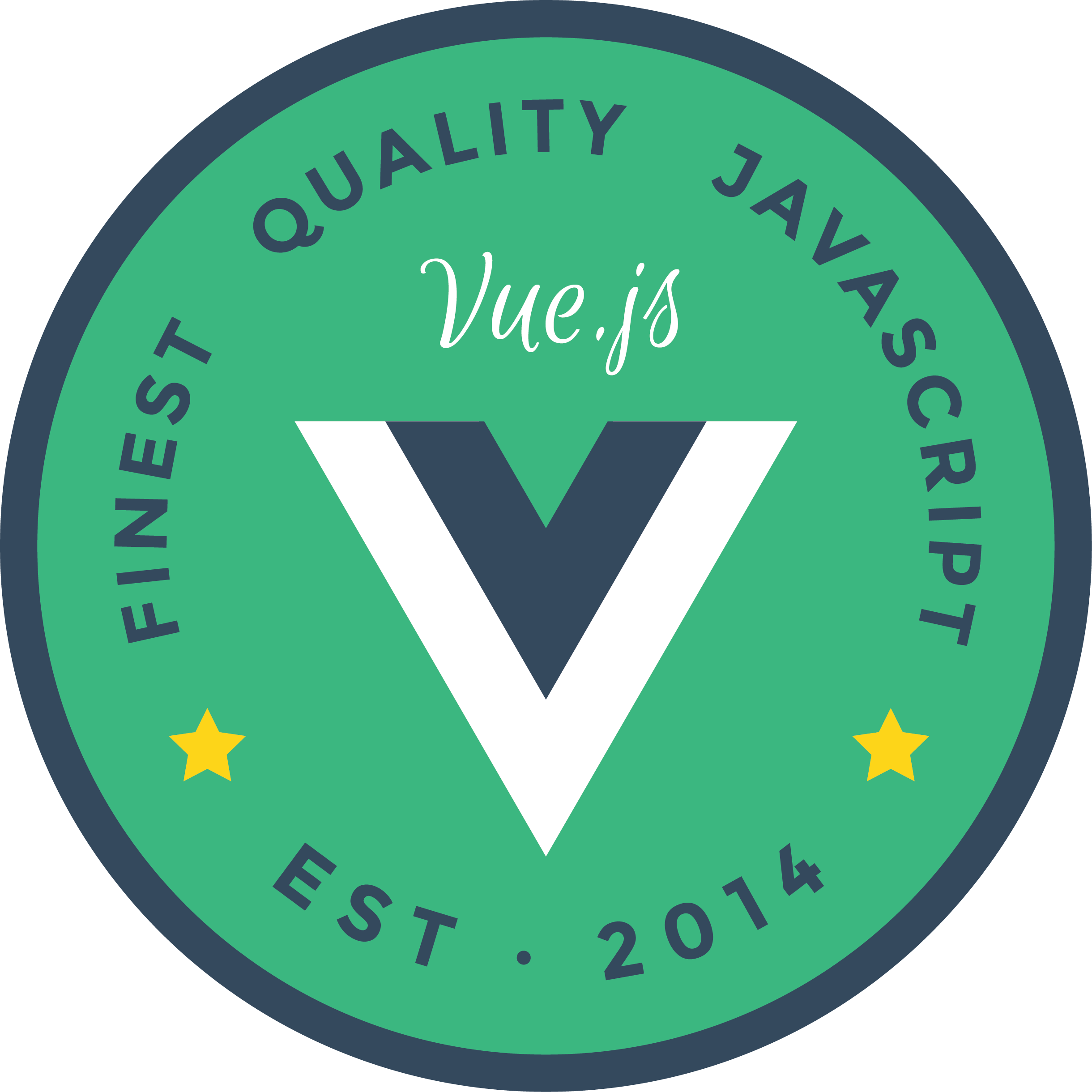VueJS 元件載入模板 (template) 的幾種方式

平常已經在使用 VueJS 開發專案的朋友,相信對 Vue Components 的用法已經不陌生,
而 Component 有個相當棒的特性,就是將 HTML 封裝起來,掛載在網頁上的時候,只需要透過自定義的 tag 如 <components></components> 就可以掛載至網頁上。
如果你是透過 CDN 載入 VueJS 做開發的朋友,相信最熟悉的方式應該是 in-HTML Templates 的方式:
<h1>{{ hello }}</h1>
<script type="text/javascript">
var vm = new Vue({
data: {
hello: 'Hello, World!'
}
})
</script>
當我們開始切分子元件 (Child Components) 之後,通常會使用到 template 這個 option,然後裡面可以填入 HTML 的模板字串:
<greeter name="World"></greeter>
Vue.component('greeter', {
template: '<div> Hello, {{ name }}!</div>',
props: ['name'],
});
然而,隨著專案規模的擴增,我們的 HTML 模板結構可能會變得越來越大,光是用 template 直接掛上 HTML 字串時,可能你的程式架構就會變得不是那麼好閱讀、管理,這時候,我們可以把整個 HTML 模板區塊透過 <script id="xxx" type="text/x-template"> </script> 這樣的 <script> 標籤來封裝我們的 HTML 模板,這種方式通常被稱為「X-Templates」:
<script type="text/x-template" id="my-component">
<div class="component">A custom component of Vue!</div>
</script>
然後在 template 的 option 可以直接帶入對應的 CSS Selector,像這樣:
Vue.component('my-component', {
template: '#my-component'
});
再來,如果你有聽過 Vue Components 的編譯作用域 (Compilation Scope) 的話,你應該會知道在子元件中帶入的任何 tag 是沒有意義的:
<child-component>
{{ message }}
</child-component>
像上面這樣,<child-component> 在經過編譯之後,會直接把 {{ message }} 忽略掉。
如果這種時候,你又非得要在 <child-component> 安插 HTML 模板不可時,你就可以透過 inline-template 這個屬性來幫忙:
<my-component inline-template>
<div>
<p>These are compiled as the component's own template.</p>
<p>Not parent's transclusion content.</p>
</div>
</my-component>
但要小心,加入了 inline-template 之後,不要跟 <slot> 的有效範圍搞混了,inline-template 的內容是由子元件提供,而 <slot> 的內容是由父層所提供。
有寫過 AngularJS 1 的朋友可能會問,過去寫 AngularJS 的時候,directive 裡面有個選項叫做 templateUrl,可以讓我們將模板儲存至另外一個 HTML 檔案,再透過這個 HTML 載入,那麼在 Vue 裡面是否也有類似用法呢?
在講這個之前,我們先來介紹 Vue-loader。
Vue-loader 最大的功能就是他可以將 Vue 的元件封裝成單獨的 .vue 檔案,這個檔案同時包含了三個部分:<template> 、 <script> 以及 <style>。
如果你有用過 Vue CLI 建立專案 (webpack、webpack-simple) 的話,應該對封裝 .vue 檔案的步驟不陌生,這個功能就是 Vue-loader 在背後替我們處理的。
相信大家都知道,既然已經封裝成 .vue 檔案,那麼 HTML 字串模板的部分就可以通通往 <template> 裡面放就好。
回到主題。那麼,如果要透過外部 HTML 檔案載入的話,跟這個有什麼關係?
可能很多人不知道,.vue 檔案的各區塊,其實是可以用 src 屬性來載入外部檔案的。
像這樣,你就可以透過外部的靜態檔案來做為你元件的內容來源:
<template src="./template.html"></template>
<script src="./script.js"></script>
<style src="./style.css"></style>
這部分可以参照 Vue-loader 文件的說明: https://vue-loader.vuejs.org/en/start/spec.html#src-imports
另外,如果你用的是 laravel-elixir 以及 laravel mix.browserify 已經幫你包裝好的方法的話,更可以直接這樣寫:
module.export = {
template: require('./templates/template.html'),
data: function(){
return {
text: "Hello World!"
};
}
};
template.html 像這樣:
<h1>{{ text }}<h1>
上面就是在 VueJS 開發專案上面常見的模版掛載方式,提供給大家參考。



